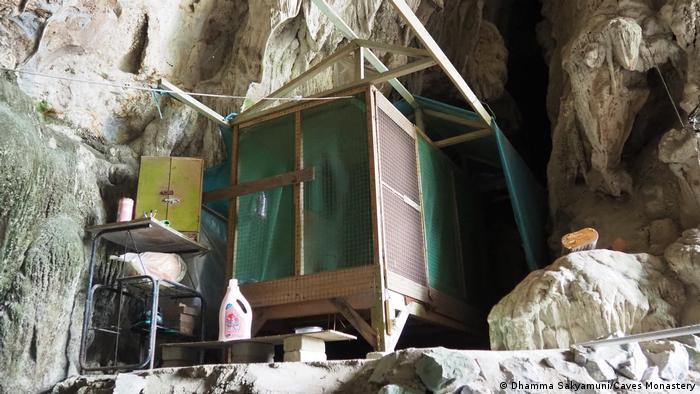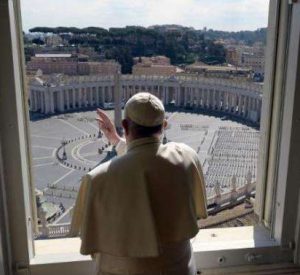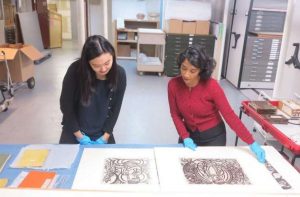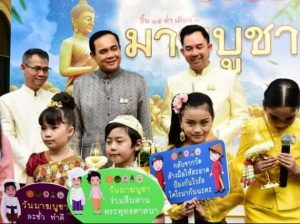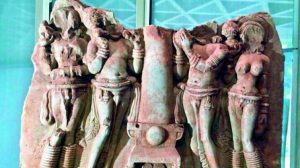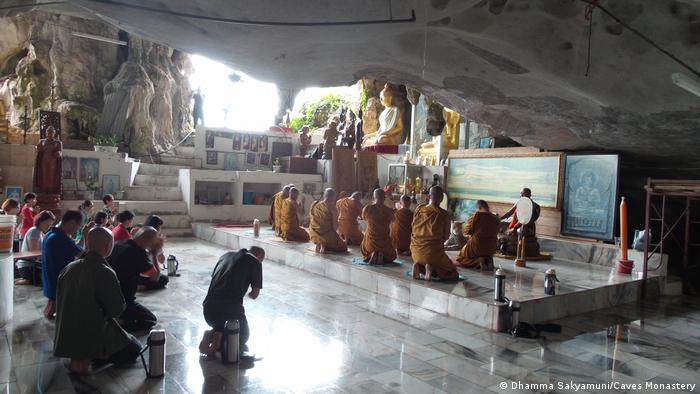
A small group of monks at Dhamma Sakyamuni Monastery, in the Kinta Valley of Perak, Malayasia, are fighting to save their home. The monastery, built in limestone caves, is on land that has been leased to a quarrying company and plans are underway to begin extraction on the mountain. Last December, however, the nearby Ipoh City Council sent a letter of support to the monastery in its bid to designate the area a cultural heritage site.
Dhamma Sakyamuni Monastery is one of the last remaining limestone cave temples in Malaysia in continuous use. Some 15 Buddhist monks live there full time, and visitors come from surrounding areas to offer their respects and to attend teachings. Associated Pan Malaysia Cement (APMC) recently applied for permits to begin excavating the mountain where the monastery is located, saying they have legal rights to the land and that the monks must leave.

The area where the monastery is located is some 20 kilometers north of Ipoh City, between Kuala Lumpur and Malayasia’s border with Thailand. Adjacent to the limestone hill where the monastery sits, two other mountains have already been destroyed by quarrying, leaving only terraces of rock and a network of roads. Regular explosions can be heard from these hills, echoing through the valley.
Meanwhile, the mountain around the monastery is lush with vegetation and is home to not only the Buddhist monks, but a population of plants and animals that could be endangered by further destruction.
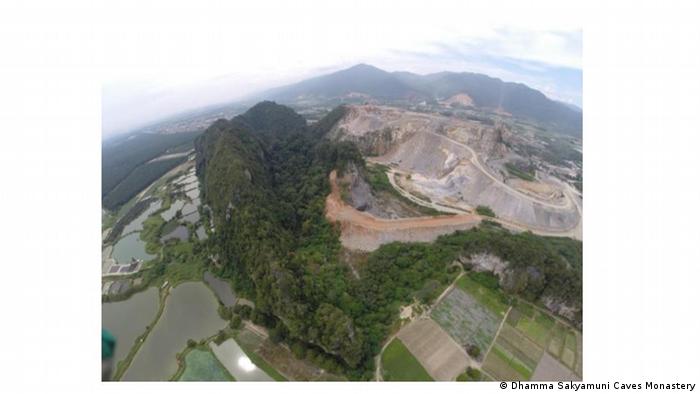
Seongyee, a volunteer at Dhamma Sakyamuni Monastery for the last 10 years, described the unique atmosphere of the caves: “To us, this is a spiritual sanctuary,” she said. “We depend on it; this is part of the spiritual journey we are seeking.” (Deutsche Welle)
APMC has been working with a Malaysian non-profit, the Tropical Rainforest Conservation and Research Centre (TRCRC), to ensure that threatened plant species on the mountain can be moved to a dedicated nursery for preservation. However, according to Ruth Kiew, a botanist working for the non-profit Malaysian Cave & Karst Conservancy, the hills have unique features that may be impossible to recreate for critically endangered species.
Kiew published a report in 2014 detailing 32 species of plants in the area deemed to be of importance for preservation, including three species only recently discovered. “Even different parts of the hill, due to varied and rugged topography, still harbor unique habitats and specialist species,” Kiew said. “Plants, animals, and microorganisms are not uniformly distributed over the Karst Hills.” (Deutsche Welle)
Bhante Kusala, the abbot of the monastery, said that the monastery was established by Buddhist Master Laoshifu, who believed that the mountain resembled a reclining Buddha. “Our founder chose to meditate here because of its serene, quiet environment,” Kusala said. He told interviewers that it was an ancient tradition in Buddhism to seek out peaceful and remote places to engage in meditation. (Deutsche Welle)
For the Buddhists, living in harmony with existing plants and animals is part of their tradition. Bhante Kusala and others there see themselves as “custodians of this mountain.” (Deutsche Welle)
The attempt to designate the area as a cultural heritage site has given them hope. “If the monastery achieves the status of a heritage site, it means nobody can change the structures on the site and the site is protected from being interfered with,” said Leong Cheok Keng, a spokesperson for the monastery. (Deutsche Welle)
Bhante Kusala has recognized wider cultural patterns. “Nowadays, not many people want to become monks,” he laughed. “They don’t want to stay in caves or a forest . . . we are the real rare species!” (Deutsche Welle)
According to data for 2010, Buddhism is the second-largest religion in Malaysia, observed by 19.6 per cent of the population. Islam is the largest religion, followed by 61.5 per cent of the population. Christianity represents 9.2 per cent of the populous, while 6.3 per cent of Malaysians follow Hinduism. Most Malaysian Buddhists follow Chinese Mahayana traditions, although influences from neighboring Thai and Burmese Theravada Buddhism can also be found, and syncretism, or blending of traditions, is not uncommon.
See more
Malaysia: Buddhist monks fight to protect mountain home (Deutsche Welle)
Related news reports from BDG
Buddhist Non-Profit Hospital to Help the Needy in Penang, Malaysia
Khyentse Foundation Announces 2020 Fellowship Award for Buddhist Monk Ven. Wei Wu
Related features from BDG
The Many Buddhas of Malaysia
Book Review: Monks in Motion: Buddhism and Modernity Across the South China Sea


